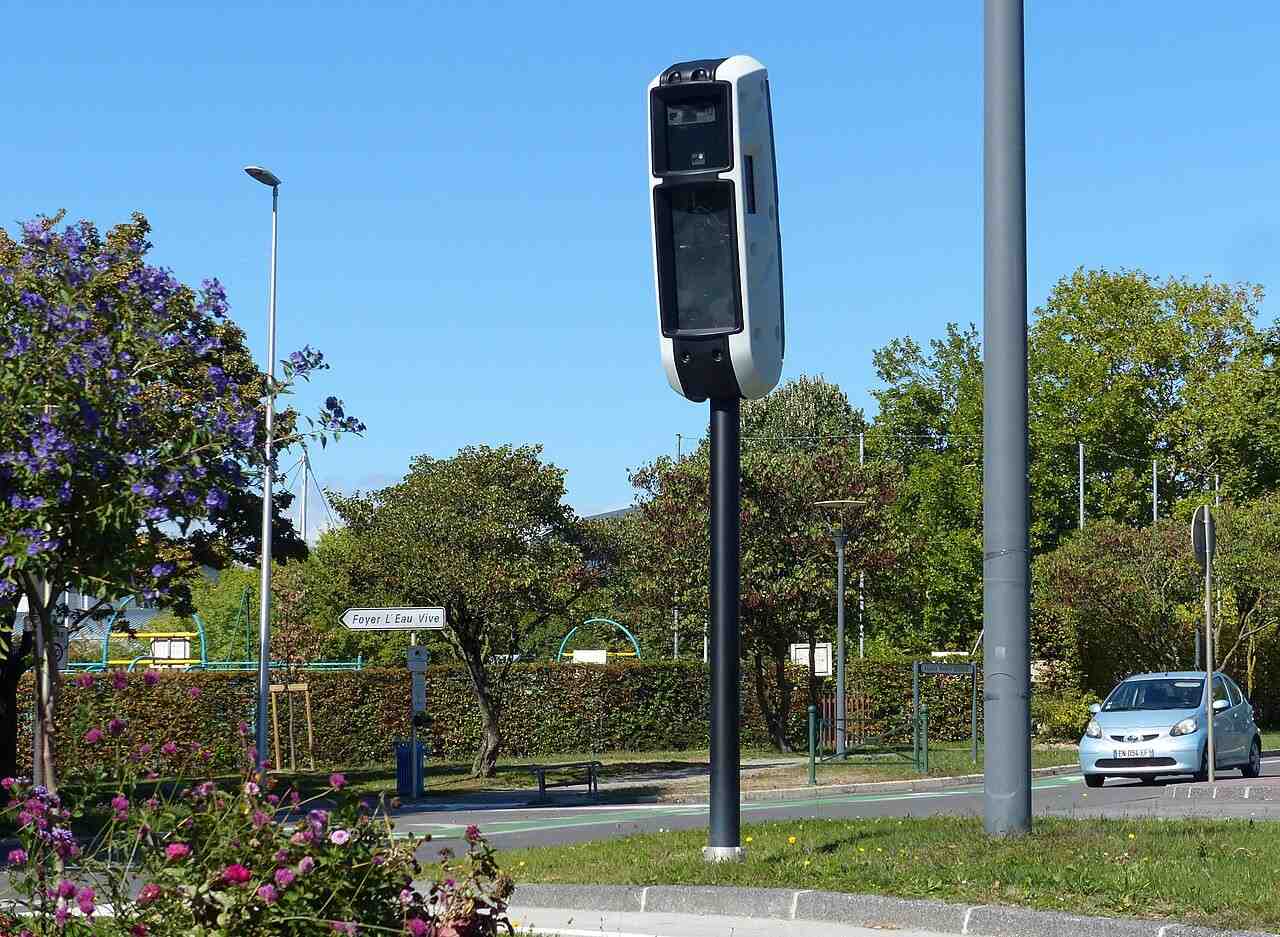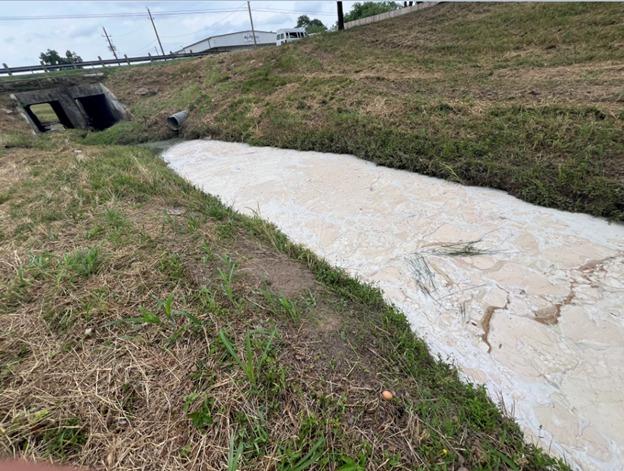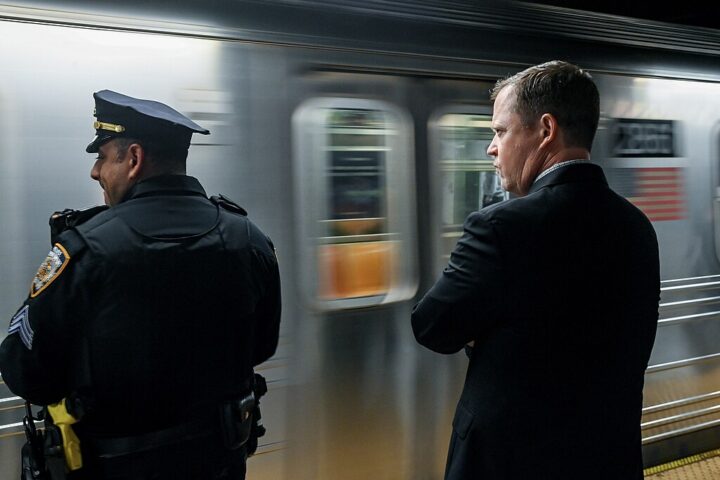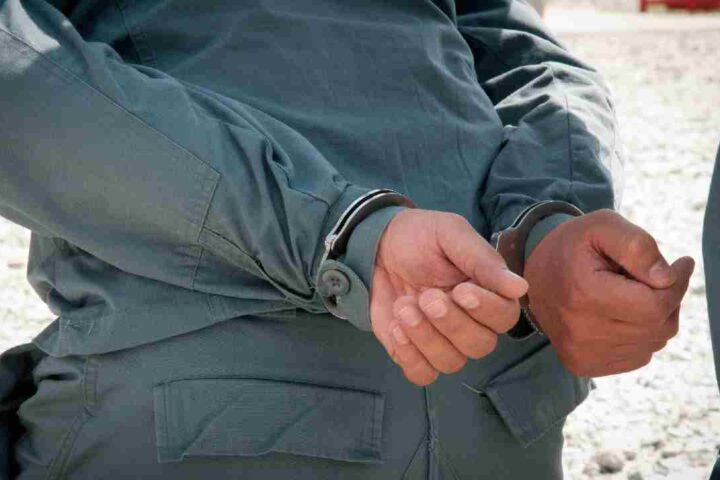Martinique’s roadside radar network faces persistent attacks as newly installed speed control units burned within hours of deployment in late April 2025. The targeted radars near Brasserie Lorraine in L’Union and on the road to Pointe des Sables represent the latest casualties in a long-running conflict that dates back to 2019.
The financial math is straightforward but sobering. Each “tourelle” radar costs about €250,000, with replacements for all forty island units potentially reaching €10-12 million. Meanwhile, the human cost mounts: five road fatalities in January 2025 (quadruple last year’s figure), three in February, and four in March.
Traffic safety statistics drive this determination. Martinique’s fatality rate stands at 78 deaths per million inhabitants—higher than metropolitan France’s 45 but lower than neighboring Guadeloupe’s 143.
The legal framework surrounding radar protection carries serious weight. Articles 322-1 and 322-2 of the French Penal Code establish penalties of five years’ imprisonment and €75,000 in fines for radar destruction, increasing to seven years and €100,000 for group actions.
Similar Posts
The technological specifications matter in understanding both the investment and the target. Martinique’s radars are primarily Mesta Fusion “tourelle” models, equipped with LIDAR technology capable of detecting multiple violations simultaneously. Their strategic placement follows statistical analysis of high-risk areas.
Nationwide data shows automatic radars reduced speeds by up to 20% on French roads between 2003-2011. However, by 2019, vandals had damaged approximately 75% of units across France, costing €36 million in repairs and an estimated €300 million in uncollected fines.
Recent administrative measures show authorities pursuing a broader safety strategy. Since March 2025, Martinique has implemented tougher license suspension rules, particularly targeting two-wheeler violations. The April 22 launch of the prefect’s 2025 Road Safety Call for Projects aims to fund physical infrastructure improvements and community initiatives.

The tension between enforcement technology and public acceptance remains unresolved. A 2014 Senate recommendation for transparent annual reporting on radar deployment criteria still awaits full implementation—a step that might help shift public perception from seeing radars as revenue generators to accepting them as safety infrastructure.
Meanwhile, the cycle continues. As authorities reinstall radars, the equipment remains vulnerable to those who see destruction as protest rather than the costly public safety hazard defined by law.


















